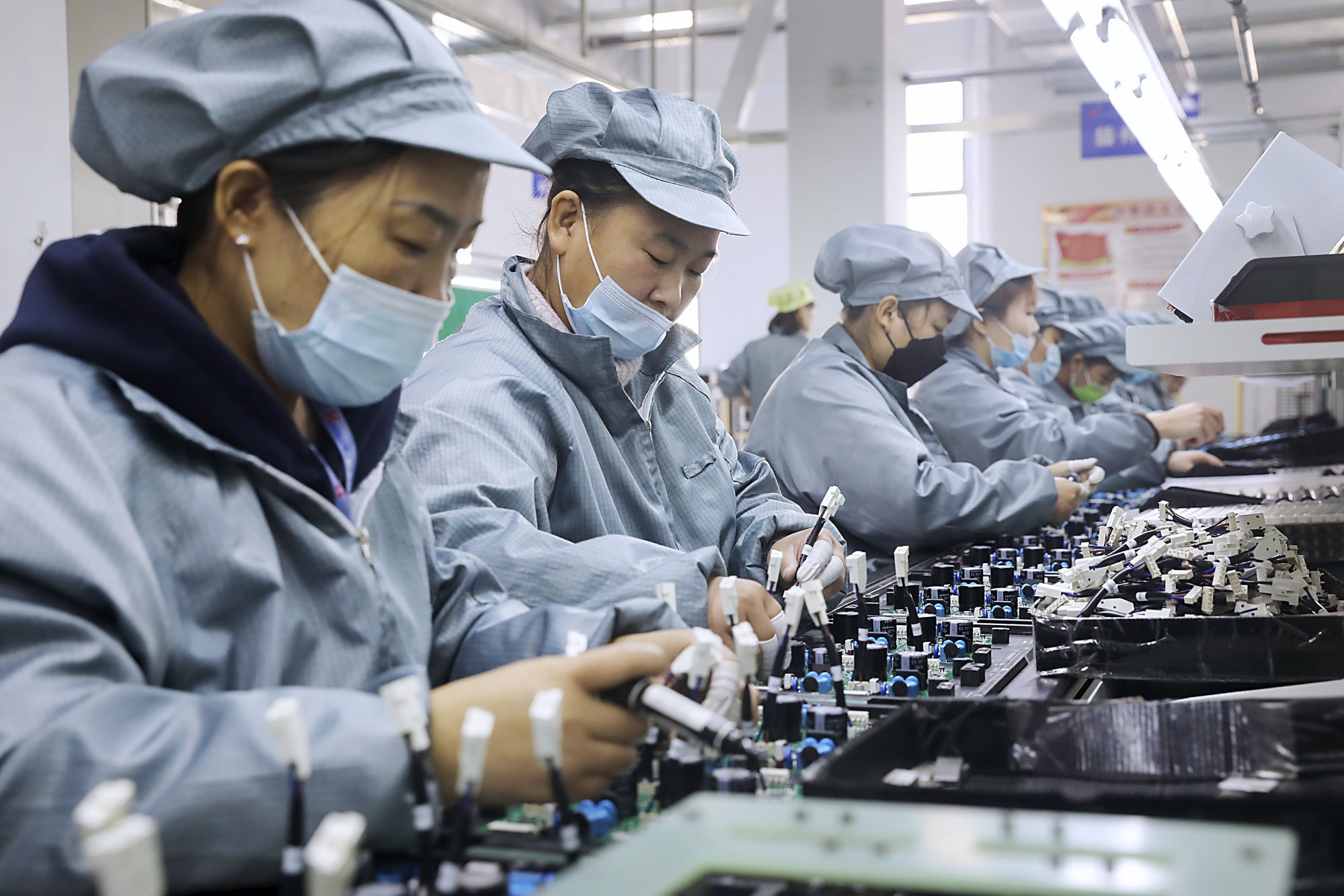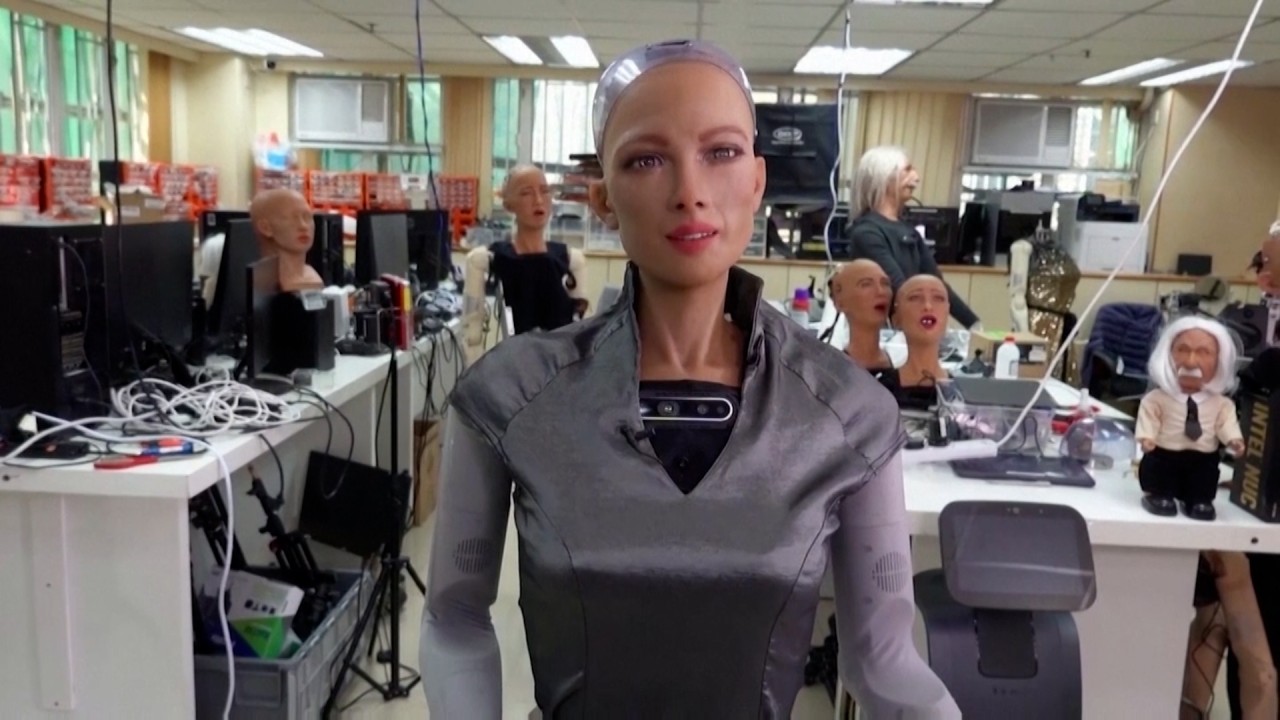
From China to Germany, why industrial policy is on the agenda
- Industrial policy, which fell out of favour with economists by the end of the 20th century, is making a comeback
- Developing countries need manufacturing and industrial policies more than ever to close the technology gap with developed nations
Why is there a wide variance in economic outcomes and welfare among countries? Why are some nations poor and others rich? These questions have challenged development economists and policymakers for centuries.
While no singular theory explains all cases, accumulating scholarly evidence suggests industrialisation is a necessary condition for nations to climb the development ladder. The only exceptions are natural resource-rich nations, and small economies that can generate wealth from tourism, casinos or geographic serendipity.
Manufacturing and industrial policy are certainly not a new recipe for economic development. Two centuries ago, US Treasury secretary Alexander Hamilton wrote extensively on the importance of industrial policy for economic development in his “Report on Manufactures” when North America was an agrarian society with a surfeit of land.

That’s how Apple – a manufacturing company without a single factory – has become the largest firm in the world based on market capitalisation.
That value-capturing phenomenon is referred to as the “servicification of manufacturing”: the line between the service and industrial sectors is increasingly blurred. For instance, a humanoid robot is made up of both hardware and software, both equally important. Is the supplier a manufacturing or a services company?
The appropriate role of government in the economy is another age-old question. It has, unfortunately, become an ideological debate rather than focusing on results-oriented pragmatism.
From observation of the last century, a simple message emerges: government policies can fail, but so do markets. In the United States, president Franklin D. Roosevelt’s New Deal (1933) restored growth and mended social and economic inequalities.
By the 1970s, however, the US fell into severe stagflation, and the usual antidote of government spending to increase aggregate demand failed. This contributed to a perfect reactionary storm in the 1980s highlighted by supply-side policies and a laissez-faire version of capitalism.
Industrial policy: the economic practice that dares not speak its name in America
Since governments design and implement policy, the standard critiques of governments are thus also applicable to industrial policies. Numerous examples – in Brazil, India, Turkey, Japan and Ghana – of poorly crafted industrial policy exist, with weak governance and limited state capacity often to blame.
Nevertheless, all major successful economic transformations in history that generated significant wealth accumulation and economic development came with industrial policy.
British and French industrial policies, for example, starting in the 14th century and in the 17th century respectively, paved the way for the industrial revolution in these countries in the 18th century.
US attempts to thwart China’s industrial policy are a costly mistake
Even today’s rich countries employ some kind of industrial policy, officially or otherwise. Successful examples include the European Airbus project, Korean and Japanese automobiles and shipbuilding, Taiwan’s microchips, and China’s rapid technological rise.
The mixed performance of country industrial policy is not surprising. Government is a human construct conducting its business through resource allocation decisions. On the other side of the policy equation is the private sector.
In the successful episodes of industrial policy, the target is the manufacturing sector, along with complementary public investment in education, health and sustainable infrastructure. To the extent that governments learn by doing and make the necessary investments to improve institutional quality, industry policymaking will yield better outcomes.
Lord Nicholas Kaldor’s claim in the 1960s that “manufacturing is the engine of growth” is more relevant today than ever. An accumulating number of studies show that advances of technology and productivity growth start in manufacturing and then permeate to other sectors.
History has shown that successful industrialisation does not come by accident. Developing countries need manufacturing and industrial policy more than before as the technological gap between developed and developing countries is widening in strategic sectors.
Murat Yulek, PhD, is the rector of Ostim Technical University and the author of “How Nations Succeed – Manufacturing, Trade, Industrial Policy and Economic Development”
Travis Taylor, PhD, is professor of economics at Christopher Newport University and co-editor (with Murat Yulek) of “Designing Public Procurement Policy in Developing Countries: How to Foster Technology Transfer and Industrialization in the Global Economy”




